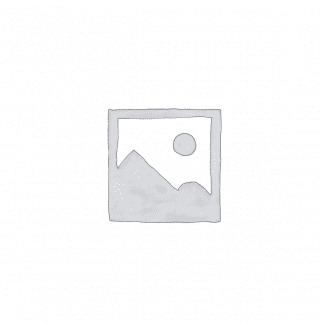CHAPTER ONE
1.0 INTRODUCTION
Distillation is a separating technique in which two liquids are separated at essentially the same temperature and pressure. It is also the term used to describe the operation where the vaporization of a liquid mixture yields a vapor phase containing more than one constituents and it is desired to recover one or more of this constituents in a nearly pure state.
It would probably be beneficial to define the terms that describe the process and related properties. Let us begin by describing the process by which a substance transformed from the condensed phase to the gas phase. For liquid, this process is called VAPORIZATION and for a solid it is called SUBMIATIN, both processes requires heat. All substances regardless whether they are liquids or solids are characterized by a vapor pressure. The vapor pressure of a pure substance is the pressure exerted by the substance against the external pressure which is usually atmospheric pressure. Vapor pressure is a measure of the tendency to escape. When the vapor pressure of a liquid substance reaches the external pressure the substance is observed to Boil. If the external pressure is atmospheric pressure, the temperature at which a pure substance boils is called the NORMAL BOILING POINT. Solid substances are not characterized by a similar phenomena called BOILING. They simply vaporize directly into the atmosphere.
Generally speaking, distillation, stripping, absorption, humidification are industrial stage wise operations which involves the contact of two phases in various apparatus. Completion of separation depends upon certain properties of components involved and the arrangement of the distillation process.
The properties involved are:
– Mode of temperature and process control
– The relative volatility between the liquid and vapor phases
– The production capacity of the distiller
– The type of distillation involved
However, the importance of distillation in commercial process is the purification of a large variety of material and petroleum industries. It is applied in the production of hot drinks in chemical industries. Also, applied in oil companies for the separation of petroleum into its various components e.g kerosene, diesel, gasoline, petrol, fuel, oil, lubricating oil, paraffin wax, aliphatic etc. Lastly, it is equally applied in pharmaceutical industries for the production of ethylated spirits and many other medical strubs.
DOWNLOAD COMPLETE WORK- For Reference Only: Materials are for research, citation, and idea generation purposes and not for submission as your original final year project work.
- Avoid Plagiarism: Do not copy or submit this content as your own project. Doing so may result in academic consequences.
- Use as a Framework: This complete project research material should guide the development of your own final year project work.
- Academic Access: This platform is designed to reduce the stress of visiting school libraries by providing easy access to research materials.
- Institutional Support: Tertiary institutions encourage the review of previous academic works such as journals and theses.
- Open Education: The site is maintained through paid subscriptions to continue offering open access educational resources.



